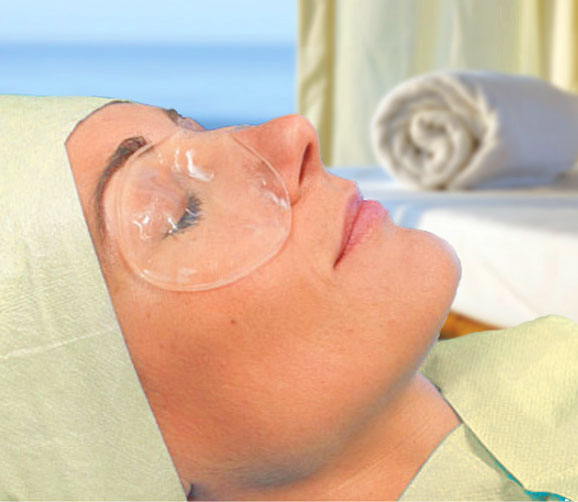

Warm compresses improve the circulation to the eyelid and help fight infections.
#COLD COMPRESS ON STYE FREE#
The area around the eye should be clean and free from crusts. The washcloth should remain warm during its application to encourage the stye to release or drain any pus. Do this a couple of times each day until the stye is gone. Apply the warm washcloth to the affected area for at least 15 minutes. A clean washcloth should be soaked in warm water. Warm compresses - A simple warm compress is one of the most effective treatments for styes.This is an old, but reliable method for relieving a stye. The steam that comes from the hot spoon tends to draw the heat from the stye and minimizes inflammation.

Hold the spoon close to the affected eye but not touching the eyelid.

Dry eyes - Certain medications such as decongestants, hereditary condition, staring at the computer for longer periods of time can cause dry eyes.Stress can also weaken the immune system and make our body susceptible to infections including the ones that can cause a stye. Stress - When we are stressed, we may not wash our face as often we should do, and fatigue may cause us to rub our eyes frequently.Hence, always wash your face and hands regularly and do not touch your eyes until your hands are clean. Touching the eyes with unwashed hands may cause the bacteria to spread to the eyelids. Makeup, dirt, and oil are accumulated and may block the glands and cause an infection. Poor hygiene - Not washing off eye makeup at night may result in a stye.To clean out the blocked oil, the body may mount an immune response, which may cause a stye-like lump called chalazion. This helps in the lubrication of the eye and prevents the evaporation of tears. Trapped oil - On the lining of the eyelid are tiny ducts, which produce an oily substance.It invades the meibomian gland and causes internal styes or the glands of Zeis, which leads to external styes. Bacteria - If the bacterium Staphylococcus aureus gets into the oil gland, it can cause a stye.This type of stye is known as an internal hordeolum. However, a stye may also develop under the eyelid since there is a gland opening there. When dead skin, dirt, or oil accumulates in the oil gland along the edge of the eyelid, bacteria start to grow inside of it, which causes a stye. Have a question about Stye? Ask a doctor now How It Develops


 0 kommentar(er)
0 kommentar(er)
